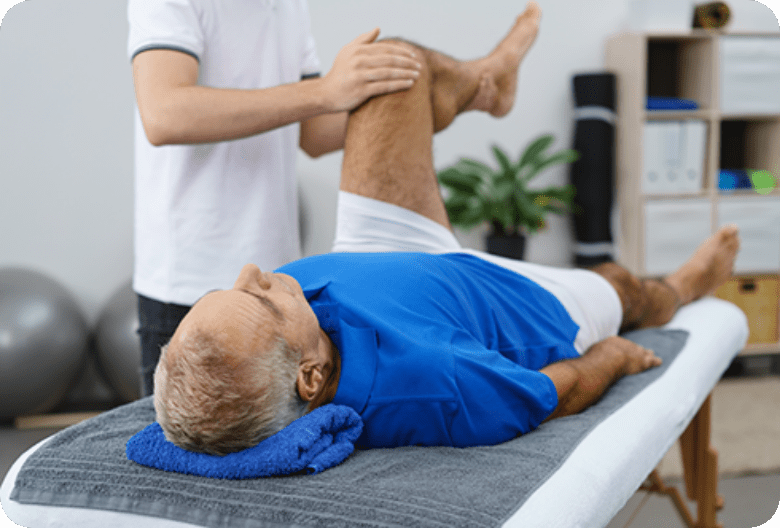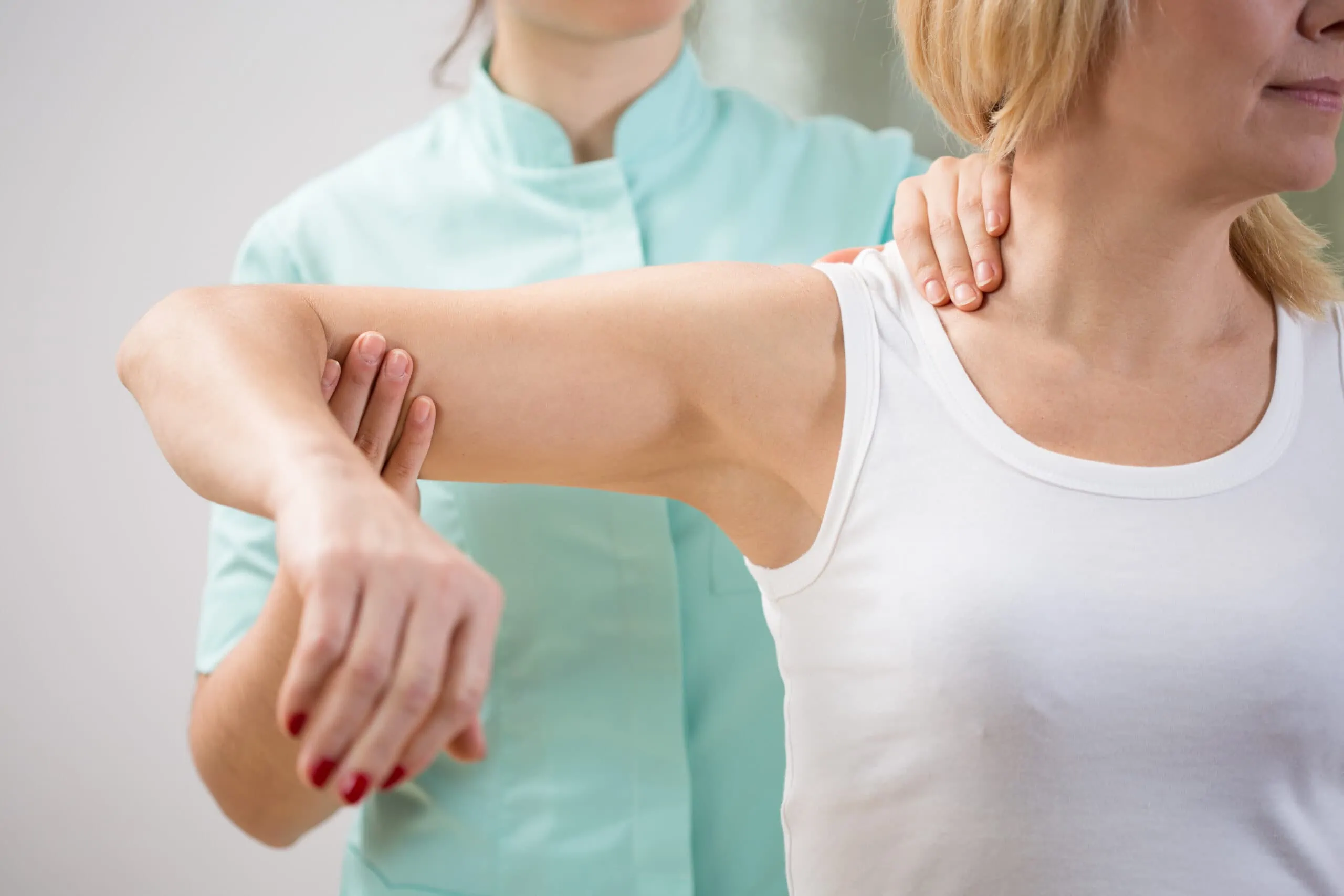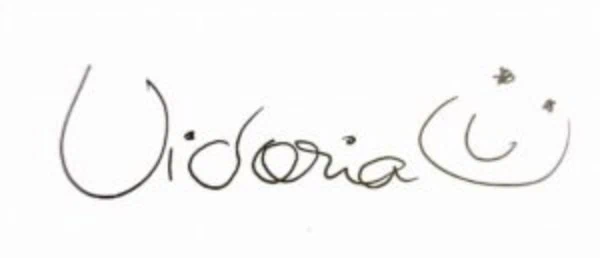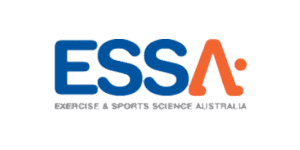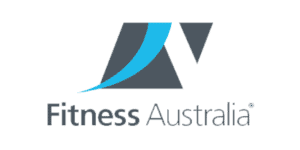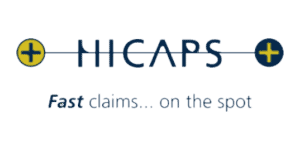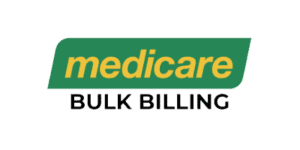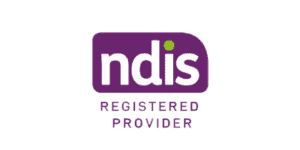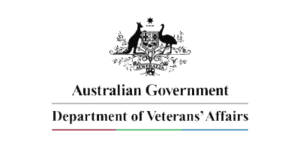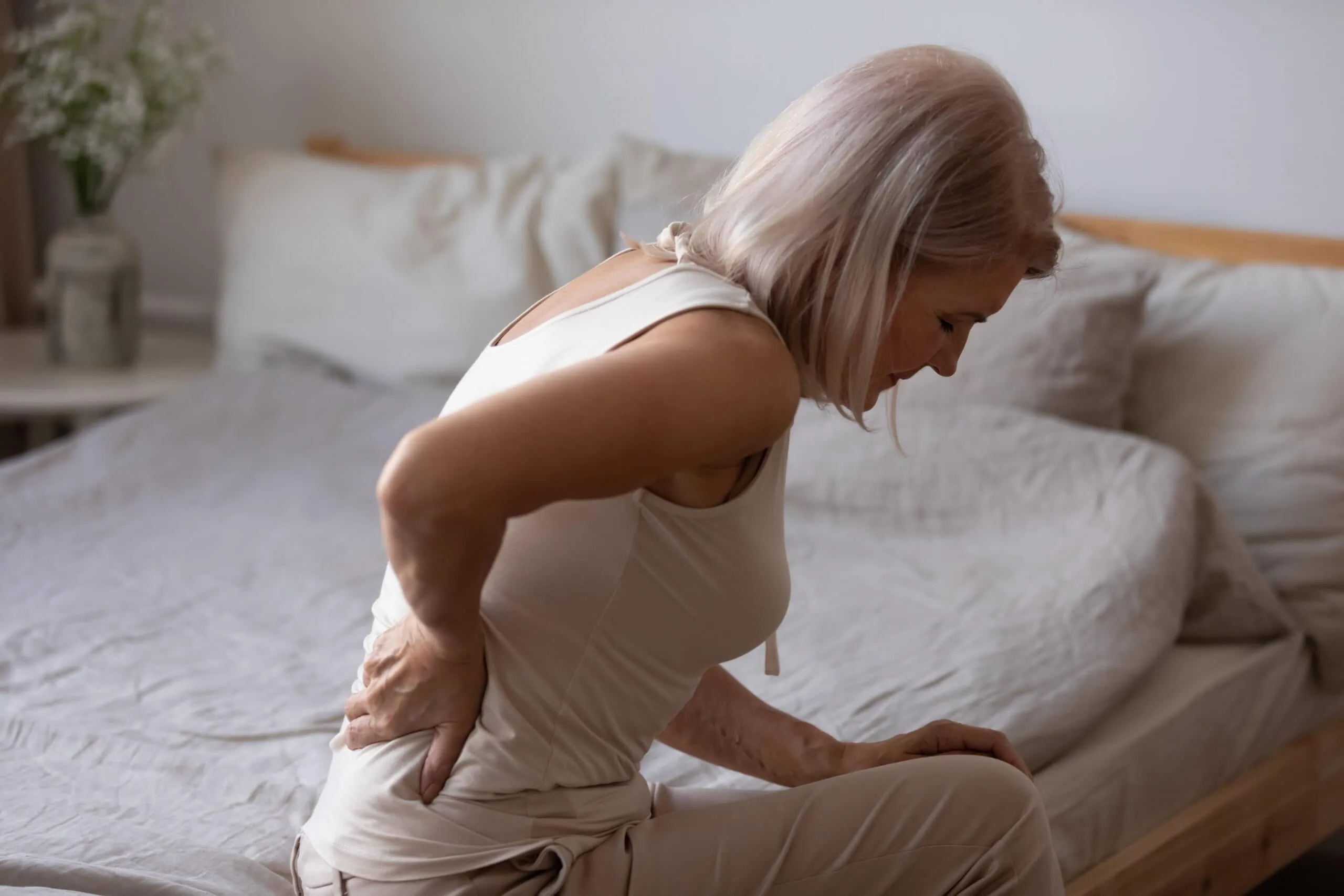
How to organise a bone density test?
If you are over 70 you are eligible for a bulk billed Medicare funded test. Follow this flowchart:
Step 1:
Make an appointment with your doctor to discuss your concern.
Step 2:
Your doctor will provide a referral if a DEXA scan is considered appropriate
Step 3:
Make an appointment to have the bone density test (DEXA scan)
Step 4:
Then make an appointment to see your doctor for an explanation of your results and what your T-score is
Step 5:
If your T-score is
- Under -1.00 = minimal risk
- -1.00 to -2.4 – osteopenia/moderate risk
- More than -2.5 = osteoporosis/significant risk
What is Osteoporosis?
Osteoporosis is a condition where bones become thin, weak and fragile, such that even a minor bump or accident can cause a broken bone (minimal trauma fracture).
Osteoporosis affects men and women of all races. But white and Asian women — especially older women who are past menopause — are at highest risk.
What is a T-score?
Bone density is classified as a Z-score and a T-score.
Your Z-score relates to the average bone density compared to your own age group and is used as a measure helpful in measuring secondary osteoporosis in children and young adults.
Your T-score compares your bone density to an average 30-year-old and is a standard deviation measure.
Osteoporosis was defined by the World Health Organization in 1994 as a T-score that is 25% lower than the average 30-year-old or 2½ standard deviations below the mean, or a T-score lower than minus 2.5.
What is Osteopenia?
Osteopenia is defined by the World Health Organization (WHO) as 10% to 25% below an average healthy 30-year-old adult, or a T-score between –1.0 and –2.5 standard deviations below normal.
What causes osteoporosis?
Our bones are constantly being broken down and replaced. When we are young, our body makes new bone faster than it breaks down and your bone mass increases. Most people reach their peak bone mass by age 30 then the older we get, the faster we lose bone.
If we have a poor bone mass by the age of twenty because of a medical condition or because we have not been doing the right exercise during our teen years, we will be more prone to having greater bone loss as we age.
If you are active doing activities like jumping, skipping and running during your teen years you will have a better bone bank by the age of 20, because they all provide good bone building effects.
Maintaining an appropriate body weight will not only be good for your health but also will minimise fractures in your arms and wrists (if overweight) and lessen bone loss and fractures (if clinically underweight).
Certain medications eg: prednisone, speed up bone loss. An early hysterectomy and/or diminished hormonal levels can affect bone mass significantly. Your doctor can explain your risk profile in relation to your medical and family history.
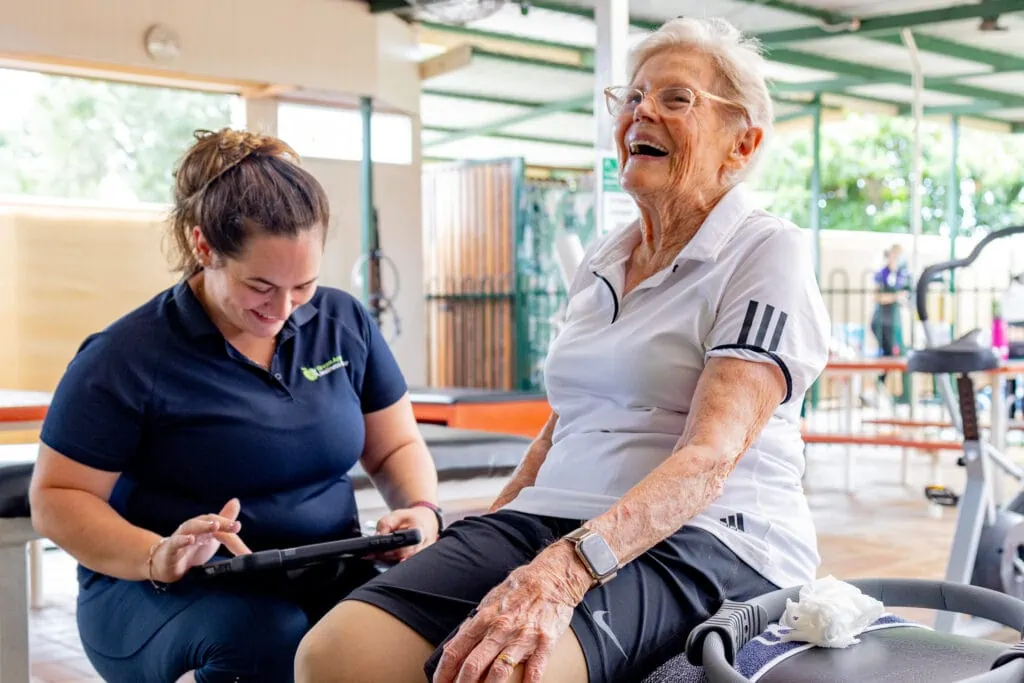
What are the symptoms of osteoporosis?
You may not have any symptoms in the early stages of bone loss. Once your bones are thin, weak and fragile, you might have:
- Back pain, caused by a fractured or collapsed vertebra
- Progressive loss of height
- A stooped posture
- A bone that breaks much more easily than expected
What helps osteoporosis?
Exercise can help you build strong bones and slow bone loss. Exercise will benefit your bones no matter when you start, but it is a great idea to start exercising regularly when you’re young and continue to exercise throughout your life.
Combining strength training exercises with weight-bearing and balance exercises will give you the best mix of exercise for osteoporosis and not only help remodel bone but also will help prevent falls.
Weight training and other strengthening exercises are critical if you want to remodel bone. When you do your strength exercises, they need to provide a ‘progressive’ load, something you can start with fairly easily and then increase as you get stronger. This helps load the skeletal structure and strengthen the bones.
Swimming, cycling and exercising on machines such as elliptical trainers can provide a good cardiovascular workout but they don’t improve bone health. Walking is excellent exercise but has little effect on increasing bone density due to the lack of impact and progressive loading.
Your doctor can help with other interventions, for example medication to help with hormonal levels and bone remodelling, plus calcium and vitamin D.
At Green Apple, we can help design the best appropriate tailored program to help protect and build your bones.

